I am posting to ask for help in getting my Saxon Extension functions to work in Oxygen XML Editor. I have created Java classes for the function definition, the function call, as well as an initializer class. I have the definition and function call in one JAR file and the initializer in a separate JAR file. I have placed the JAR files and a ‘lib’ folder containing all required libraries in the directory that the XSL is stored in:
I have listed them in the ‘Extensions’ dialog of the Transformation Scenario window:
And I have attempted to list the initializer:
When I select the “Choose” button and then the “Detect” button on the following dialog, it does not detect the class:
When I attempt to transform I receive these problem messages:
Here is the code to the ExtensionDefinition class:
import net.sf.saxon.lib.ExtensionFunctionCall;
import net.sf.saxon.lib.ExtensionFunctionDefinition;
import net.sf.saxon.om.StructuredQName;
import net.sf.saxon.value.SequenceType;
/**
*
* @author tfurst
*/
public class CreateXmlMapDefinition extends ExtensionFunctionDefinition{
@Override
public StructuredQName getFunctionQName() {
return new StructuredQName("rcmt", "http://rcmt.com/saxon-extension", "create-map");
}
@Override
public SequenceType[] getArgumentTypes() {
return new SequenceType[]{SequenceType.SINGLE_STRING};
}
@Override
public SequenceType getResultType(SequenceType[] sts) {
return SequenceType.ANY_SEQUENCE;
}
@Override
public ExtensionFunctionCall makeCallExpression() {
return new CreateXmlExtension();
}
}
Here is the code to the function call:
import com.rcmt.mapProcessor.ExcelMapProcessor;
import java.io.ByteArrayInputStream;
import java.io.ByteArrayOutputStream;
import java.io.IOException;
import java.util.logging.Level;
import java.util.logging.Logger;
import javax.xml.transform.Source;
import javax.xml.transform.Transformer;
import javax.xml.transform.TransformerException;
import javax.xml.transform.TransformerFactory;
import javax.xml.transform.dom.DOMSource;
import javax.xml.transform.stream.StreamResult;
import javax.xml.transform.stream.StreamSource;
import net.sf.saxon.expr.XPathContext;
import net.sf.saxon.lib.ExtensionFunctionCall;
import net.sf.saxon.om.DocumentInfo;
import net.sf.saxon.om.Sequence;
import net.sf.saxon.trans.XPathException;
import org.w3c.dom.Document;
public class CreateXmlExtension extends ExtensionFunctionCall{
@Override
public Sequence call(XPathContext xpc, Sequence[] args) throws XPathException
{
String excelPath = args[0].head().getStringValue();
DocumentInfo doc = getXml(xpc, excelPath);
return doc;
}
private DocumentInfo getXml(XPathContext context, String path)
{
DocumentInfo xml = null;
try
{
Document d = ExcelMapProcessor.makeXml(path);
xml = (DocumentInfo)context.getConfiguration().buildDocumentTree(makeSource(d));
}
catch (XPathException ex)
{
Logger.getLogger(CreateXmlExtension.class.getName()).log(Level.SEVERE, null, ex);
}
return xml;
}
private Source makeSource(Document doc)
{
Source result = null;
try
{
TransformerFactory transformerFactory = new net.sf.saxon.TransformerFactoryImpl();
Transformer trans = transformerFactory.newTransformer();
DOMSource src = new DOMSource(doc);
StreamResult res = new StreamResult(new ByteArrayOutputStream ());
trans.transform(src, res);
ByteArrayOutputStream so = (ByteArrayOutputStream)res.getOutputStream();
result = new StreamSource(new ByteArrayInputStream(so.toByteArray()));
so.close();
}
catch (TransformerException | IOException ex)
{
Logger.getLogger(CreateXmlExtension.class.getName()).log(Level.SEVERE, null, ex);
}
return result;
}
}
This the code to my initializer:
import javax.xml.transform.TransformerException;
import net.sf.saxon.Configuration;
import net.sf.saxon.lib.Initializer;
import net.sf.saxon.om.NamePool;
import org.expath.httpclient.saxon.SendRequestFunction;
import com.rcmt.map.CreateXmlMapDefinition;
/**
*
* @author tfurst
*/
public class SaxonExtInitializer implements Initializer{
@Override
public void initialize(Configuration config) throws TransformerException {
config.registerExtensionFunction(new CreateXmlMapDefinition());
SendRequestFunction expathHttpClient = new SendRequestFunction();
config.setNamePool(new NamePool());
expathHttpClient.setConfiguration(config);
config.registerExtensionFunction(expathHttpClient);
}
}
And finally, the usage in the XSL:






